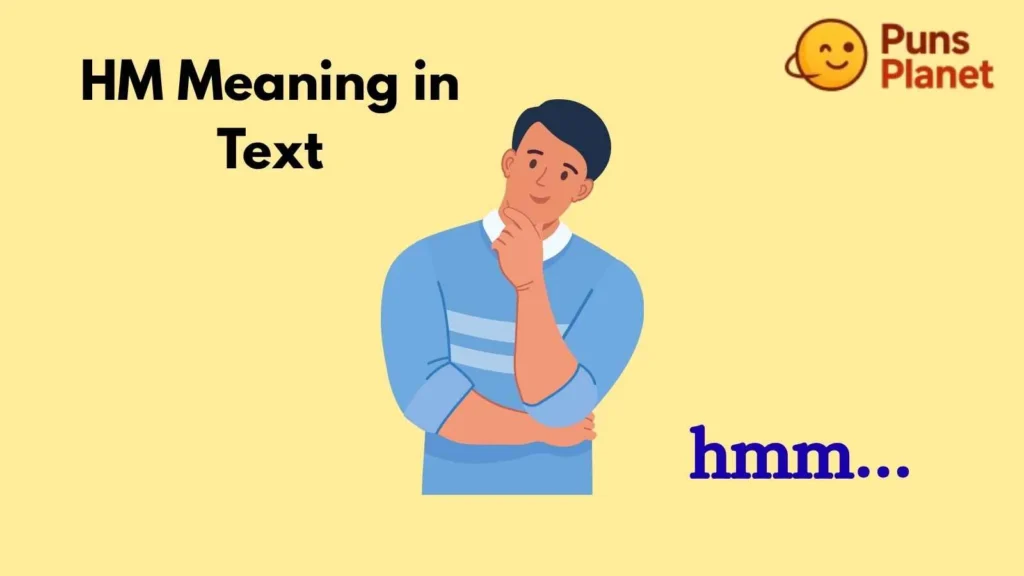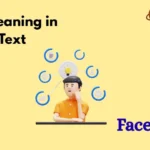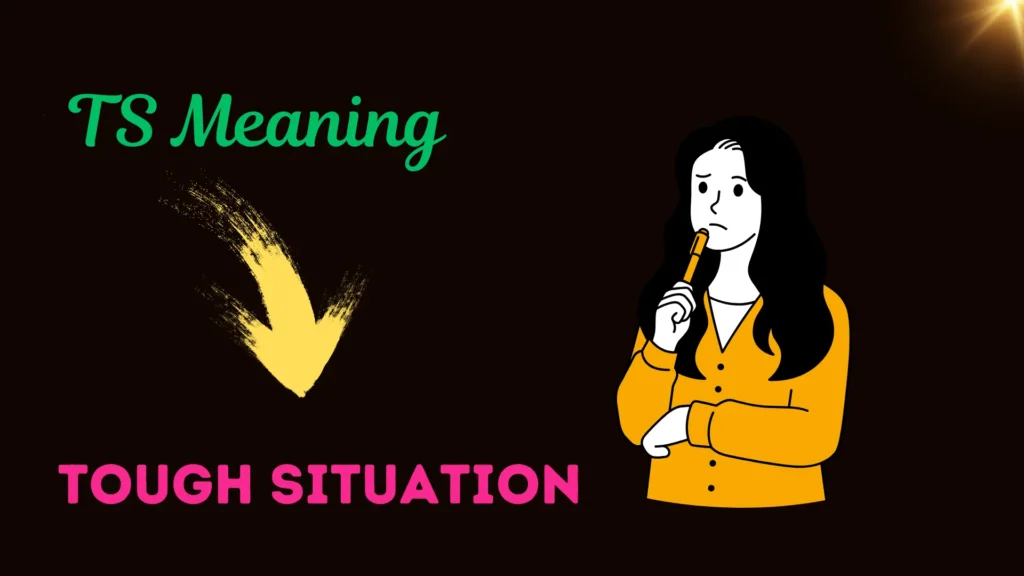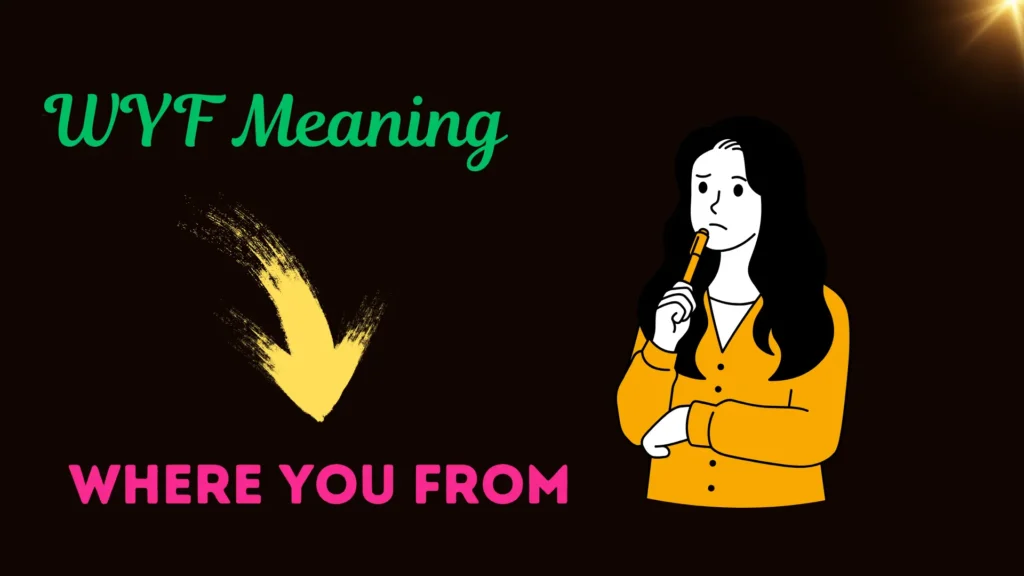Have you ever read a message that ended with “hm” and wondered, “Is it curiosity? Doubt? Or just filler?” 🤔 In today’s world of quick replies and instant messaging, “hm” shows up more often than you might think.
Whether it’s texting with a friend, chatting on social media, or replying to an email, knowing the true meaning of this tiny abbreviation can save you from misreading tone or intention.
In this advanced guide, we’ll explore the nuances of “hm” meaning in text, its variations, context cues, and how you can use (or avoid) it with clarity.
By the end, you’ll confidently read and reply to “hm” — with emotional intelligence and finesse.
Origin & Evolution of “HM”

The abbreviation hm is short, subtle, and often misunderstood. Its roots go back to instant messaging and text-based communication where users strive for minimal effort but aim to express layered meaning. Originally, it mimicked a thoughtful “hmm…” before evolving into a standalone filler. Over time, “hm” became a quick way to convey hesitation, skepticism, or simply processing information.
Common Uses & Contexts for “HM”
Here are some of the most frequent scenarios where you might see “hm” in text conversation:
- Thinking or hesitation: The sender is pausing or reflecting. (“Hm… I’m not sure.”)
- Skepticism or doubt: Questioning something without asking a full follow-up. (“Hm. That doesn’t seem right.”)
- Casual acknowledgment: Sometimes “hm” is just a placeholder response when you don’t have much to add.
- Neutral reaction: Neither positive nor negative — it’s simply acknowledging receipt of information without enthusiasm.
- Trying to buy time: Similar to “let me think,” it signals you’ll get back to it later.
Tone & Interpretation: What It’s Really Saying
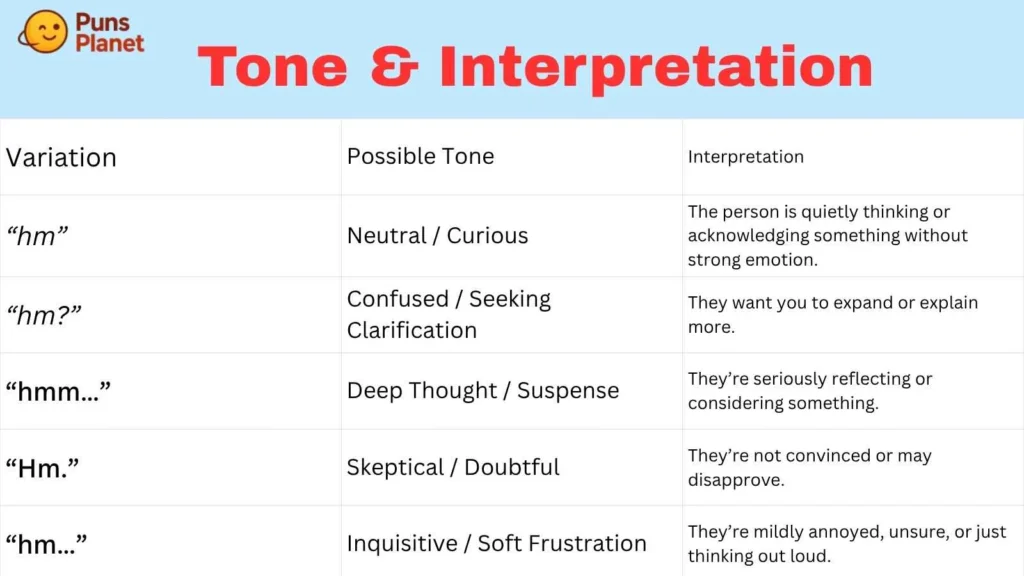
The tone behind “hm” depends heavily on context, punctuation, and the relationship between communicators. Below is a table outlining different tone shifts based on usage:
| Variation | Possible Tone | Interpretation |
|---|---|---|
| “hm” | Neutral / Curious | The person is quietly thinking or acknowledging something without strong emotion. |
| “hm?” | Confused / Seeking Clarification | They want you to expand or explain more. |
| “hmm…” | Deep Thought / Suspense | They’re seriously reflecting or considering something. |
| “Hm.” | Skeptical / Doubtful | They’re not convinced or may disapprove. |
| “hm…” | Inquisitive / Soft Frustration | They’re mildly annoyed, unsure, or just thinking out loud. |
Typed Variations & Emphasis
You’ll often see people tweaking the “hm” based on emphasis, platform or personal style. Here’s what that looks like:
- “hm” — basic and minimal.
- “hm?” or “?hm” — indicates you want more information or clarification.
- “hmm” / “hmm…” — longer thinking, often used when someone wants to delay a decision.
- “hmmm” — potential playful skepticism or deeper thought.
- “HM” (caps) — sometimes implies stronger emotion, surprise, or digital sarcasm (depending on platform).
Cultural & Generational Differences
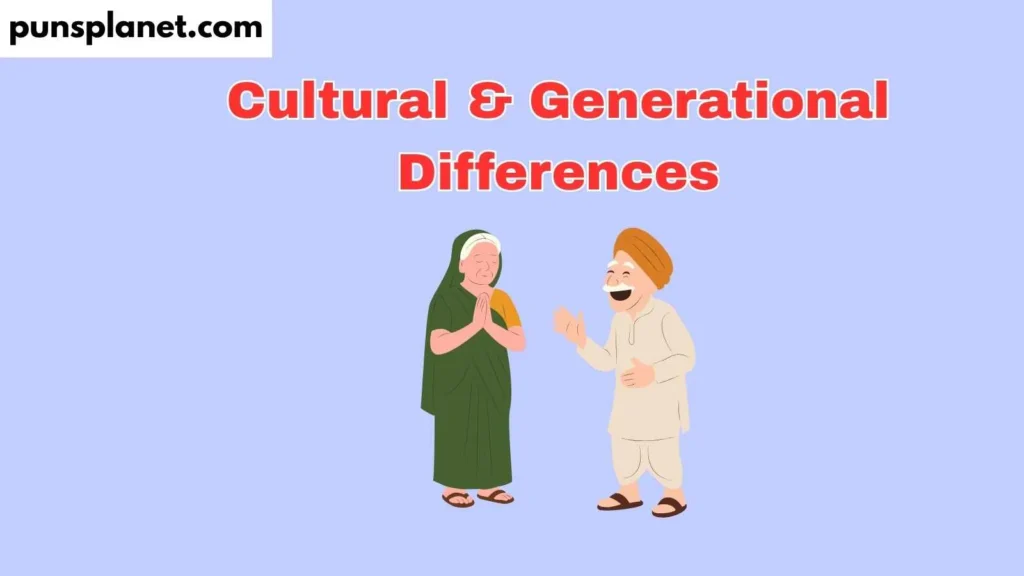
Not everyone uses “hm” the same way — and some cultural or age-group differences can change its meaning:
- Millennials vs Gen Z: Younger users may expect more expressive replies like “lol” or emoji-heavy responses instead of “hm”. Older users may lean toward “hm” as a polite placeholder.
- Regional messaging norms: In some regions, “hm” might feel too aloof or vague — people prefer full sentences or emojis to soften it.
- Professional vs personal chat: Using “hm” at work may come off as noncommittal. In casual chat it’s usually understood as reflective or neutral.
Pros & Cons of Using “hm” in Texting
Using “hm” has its advantages — and its pitfalls:
- Pros:
- Quick and low-effort way to signal you heard something.
- Allows you to pause before giving a fuller response (thinking time).
- Gives a conversational tone that’s casual yet engaged.
- Might appear uninterested or dismissive.
Best Practices for Using “HM” in Messaging
If you choose to use “hm,” here are some tips to ensure you come across as thoughtful — not aloof:
- Be mindful of relationship context: With friends you know well, “hm” might read as playful. With colleagues, better to follow up with a clear statement.
- Use punctuation or follow-up: “hm?” or “hm… tell me more?” feels more engaged than a flat “hm.”
- Add emoji support: Pairing “hm” with an emoji can soften the tone. Example: “hm 🤔” or “hm…”
- Don’t overuse it: If every reply is “hm,” it may seem like you’re not invested in the conversation.
- Clarify when needed: After using “hm” to pause, follow up with a clear answer or effort to continue the discussion.
Real-Life Examples of “HM” in Conversation
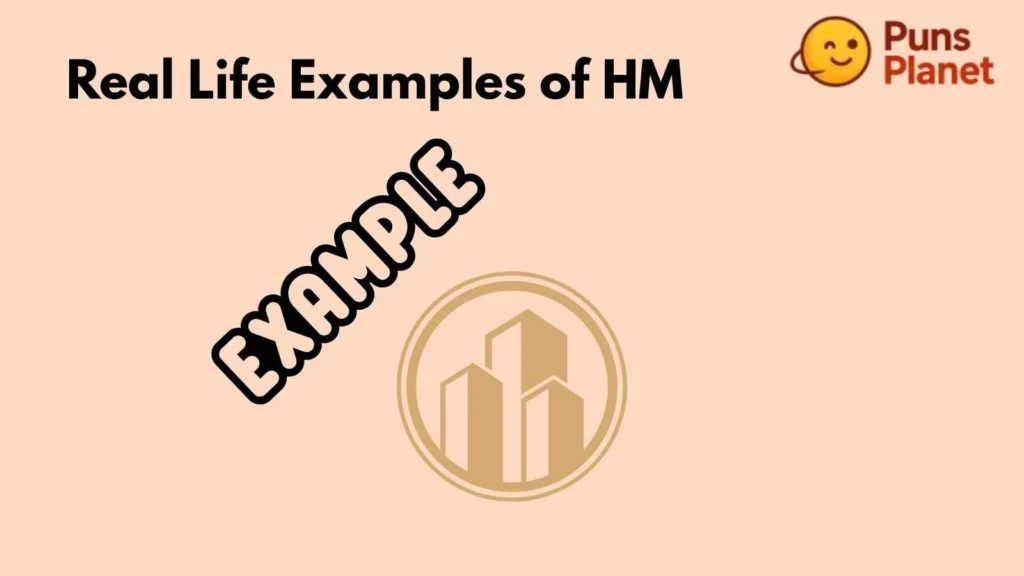
Let’s look at a few chat snippets to see how “hm” works in everyday texting:
Friend A: “I’m thinking about switching jobs soon.”
Friend B: “Hm… are you sure it’s the right move?”
Colleague: “I sent over the draft. Let me know your thoughts.”
You: “Hm. I’ll read it tonight and get back to you.”
Sibling: “Mom wants us to discuss family dinner plans.”
You: “hm?”
In all these cases, “hm” serves as a pause — but the shading of meaning differs based on who you’re talking to, how formal you want to be, and how much emotion you want to convey.
FAQs:
1. Is “hm” considered rude?
Not always — it depends on tone, punctuation, and the relationship. If someone responds with a flat “hm.” it might feel dismissive. But “hm?” or “hm… tell me more” feels curious and polite.
2. Can “hm” be used professionally?
Yes, but carefully. In workplace chat tools (Slack, Teams, email), it works as a placeholder. Follow it with context or clarifying comment so you don’t seem vague or unresponsive.
3. How do I respond if someone says “hm” to me?
You can ask a follow-up: “Do you want me to explain more?” or “What do you think?” Or add your own follow-up question: “hm? Do you have questions?” It opens up space for more detail.
4. Why do people use “hm” instead of writing full sentences?
Often it’s shorter, faster, and lets them process thoughts before committing to a longer response. It’s a signal of thinking-out-loud or delaying judgment.
5. Is “hm” spelled differently in different languages?
Yes — in some cultures or languages you’ll find equivalents like “mm” or “ehm.” But as texting slang in English, “hm” remains widely recognized.
Conclusion:
“HM” may look like a small, harmless filler — but as you’ve seen, it carries a lot of meaning.
It can express reflection, hesitation, doubt, or simply buy you time to think.
Use it thoughtfully, choose your punctuation with care, and always follow up when it matters. 💡

